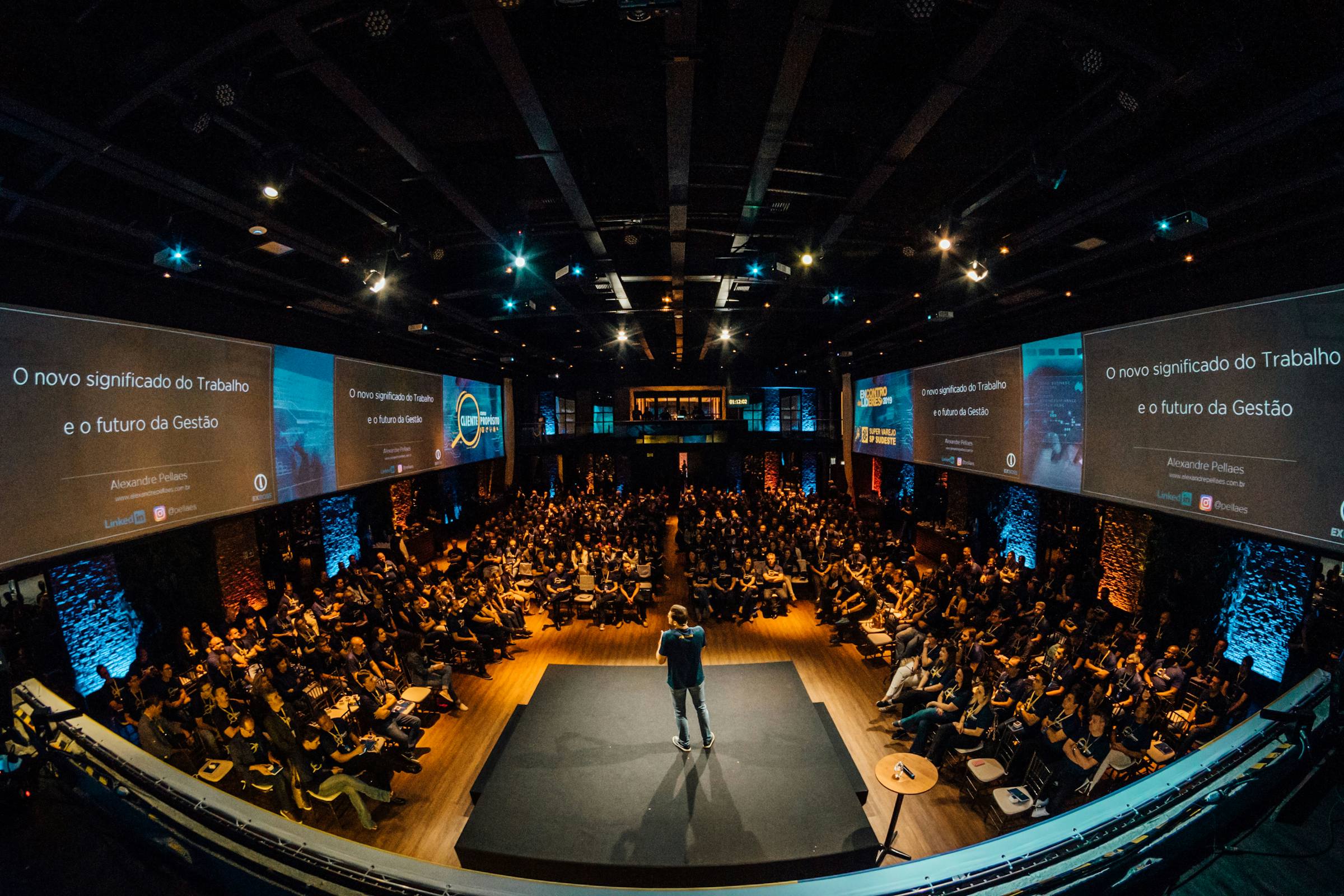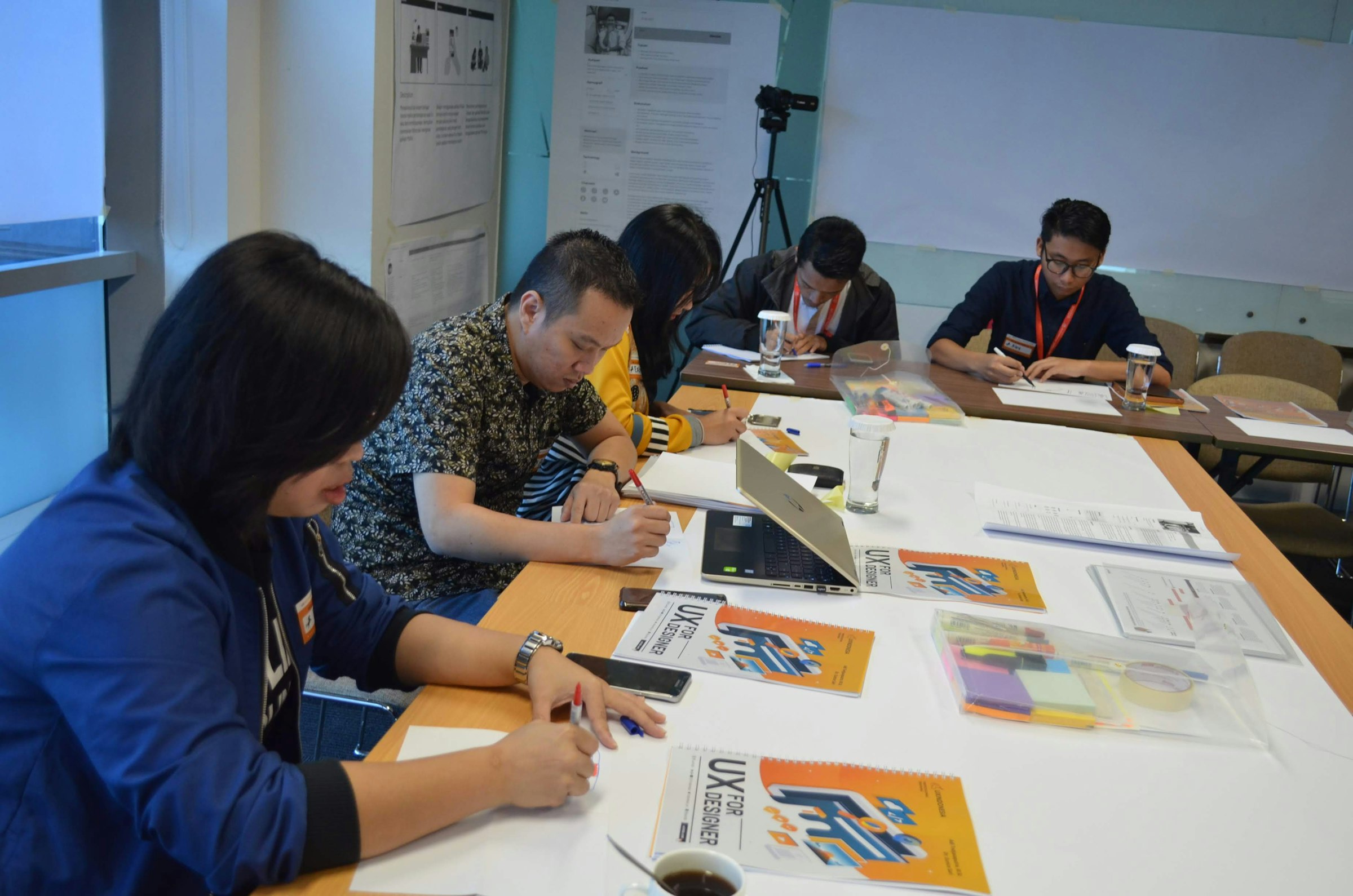
AI ethics officer: the hiring guide everyone gets wrong
Most companies hire AI ethics officers as advisors without authority. This is why your governance fails and how to structure the role correctly with real decision power.

Most companies hire AI ethics officers as advisors without authority. This is why your governance fails and how to structure the role correctly with real decision power.

Experiments do not create business value - operations do. Here is how to transition AI from the thrill of pilot phase to the discipline of operational integration.

Gartner projects 30 percent of generative AI projects will fail. When they do, most companies bury failures instead of extracting lessons. A structured post-mortem process paired with proper iteration budgeting transforms project failure into organizational knowledge that prevents repeating mistakes.

Most companies waste the first month with sequential training when new employees operate at just 25% productivity. AI-first onboarding starts before day one, cutting time-to-productivity by 40% through pre-boarding automation, personalized learning paths, and AI-integrated support that eliminates administrative delays.

Computer science alone will not build the next generation of AI-capable engineers. The future belongs to mechanical, electrical, and civil engineers who understand both their domain and AI fundamentals. Universities are catching on, launching hybrid programs that combine traditional engineering excellence with practical machine learning skills.

Law schools that do not teach AI literacy are not preparing students for the world they are walking into. Seventy-nine percent of law firms already use AI, professional competence now requires AI understanding, and traditional legal work is being automated.

Enterprise AI governance frameworks kill mid-size innovation through compliance theater that takes six months to approve any AI initiative. Here is how to build lightweight frameworks that accelerate safe AI adoption instead - starting with three core controls that prevent catastrophic failures while enabling teams to ship AI products weekly, not quarterly.

Stop choosing between innovation and business risk. Most governance frameworks create bureaucracy that kills progress. Here is a practical and actionable template that enables AI teams while managing actual risks, without dedicated ethics boards, monthly committee meetings, or policy theater.

The best AI safety controls protect users without them ever knowing they were at risk. Build guardrails that steer behavior rather than block it, enhancing experience instead of degrading it.

When 85% of AI projects fail, the problem is not the technology. Most companies evaluate features when they should be evaluating support, infrastructure readiness, and team preparation.

Generic AI training creates expensive failures because everyone gets the same content regardless of their role. Companies achieving adoption success use role-specific learning paths tailored to actual job tasks. Sales, marketing, finance, and operations teams need completely different skills, tools, and progressions to make AI work in their daily work.

AI literacy is judgment, not knowledge. Here are the 10 essential concepts that enable good AI decisions in business contexts.

Most companies confuse using AI tools with building AI capabilities. Here is the reality check your organization needs and how to honestly assess where you stand.

Why 87% of AI projects fail before production has nothing to do with AI capabilities and everything to do with legacy system integration. Organizations spend 60-80% of AI budgets just connecting to existing systems. Here is how to bridge the gap without replacing your entire tech stack.

Traditional maturity frameworks push companies through expensive levels that rarely predict success. After watching dozens of implementations, here is the contextual approach that actually matters.

Your junior employees understand AI better than your executives. The solution is not what most companies think it is - and the research proves it.

The best AI migrations are invisible to users. Learn proven strategies for migrating AI systems without business disruption using blue-green deployment, canary rollouts, and phased transitions. Practical guidance on pre-migration testing, risk mitigation, and rollback procedures that keep your team productive throughout the change.

Traditional monitoring catches when systems are down but misses when AI is confidently wrong. You need different metrics for systems that fail quietly - tracking output quality, user satisfaction, and model drift alongside uptime. Learn how to build ai observability monitoring that catches problems before users complain.

Finance, HR, and operations teams often extract more value from AI than engineering does. They focus on business outcomes over technical possibilities and ask better questions because they do not get lost in how the tools work. Learn why simplification beats sophistication when making AI accessible.

Training teaches AI features. Office hours build the confidence to actually use them. After watching organizations struggle with AI adoption, one pattern stands out - the missing support system that makes the difference.

Between technical MLOps and general business operations lies a missing discipline that determines whether AI creates lasting value or becomes expensive technical debt. Here is the complete ai operations framework that applies proven manufacturing excellence principles like continuous monitoring, quality assurance, and systematic improvement to AI systems in production.

Most AI pilots spend months proving technology works instead of proving value exists. This lean pilot program methodology uses 2-week sprints to test whether AI solves real problems people actually have. Success means proving value in 6 weeks, not technical capability in 6 months.

Pilots work because they are protected environments with dedicated resources. Production fails because it is the real world with real constraints. The gap is not technical - it is operational. Eighty-eight percent of AI pilots never reach production, not because the technology fails but because companies underestimate the operational readiness required.

Most ai practitioner training programs fail because they teach everything shallowly when you need depth. Real competence comes from spending 30 days mastering one business use case deeply enough to handle what breaks, not from collecting notes on ten different approaches.

Most AI product manager job descriptions copy traditional PM templates and miss what actually matters - the ability to translate between technical teams and business stakeholders without losing meaning in either direction. Learn how to write job descriptions that attract interpreters who can bridge data science and business worlds.

Professional services firms are using AI to scale expertise rather than cut headcount. Junior consultants perform at senior levels while experienced partners multiply their impact across more clients.

Automated valuations consistently disappoint because they miss the human judgment required for unique, complex property decisions. But AI genuinely transforms property operations through tenant screening automation, predictive maintenance systems, and lease document processing. Here is where the technology actually delivers measurable ROI.

Most companies hire the wrong AI research scientist because they copy job descriptions from DeepMind and OpenAI. They need applied researchers but attract pure researchers instead. Here is what mid-size companies actually need and how to hire the right one.

Most AI RFPs collect marketing slides instead of testing real performance with your data. Gartner reports 85% of AI projects fail, often because procurement focused on credentials rather than capability. Here is a practical approach that evaluates vendors through hands-on proof of concepts using your actual data and workflows, not polished presentations.

Most AI attacks target data through AI interfaces, not the models themselves. While the industry obsesses over model poisoning, 77% of sensitive data is flowing into GenAI tools through unmanaged accounts. Here are the real AI security threats enterprise teams face and practical strategies to defend against them.